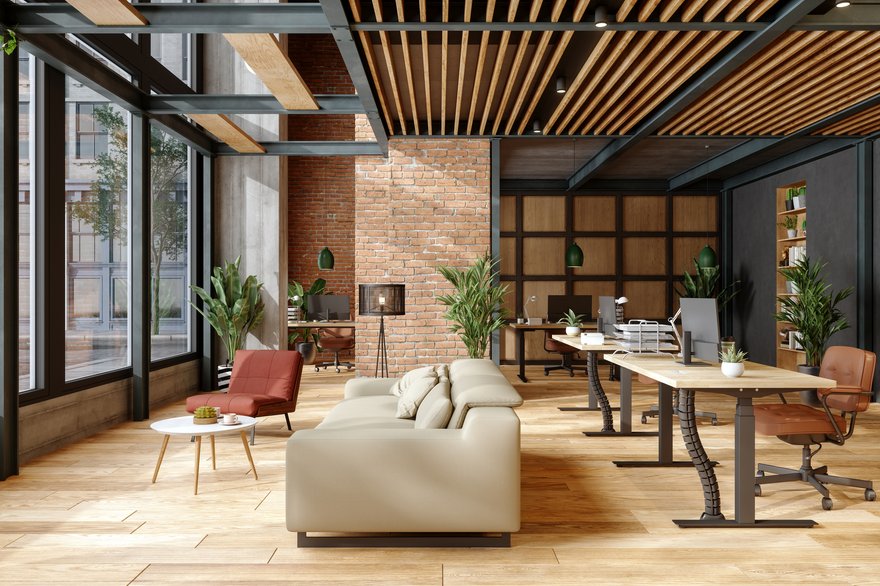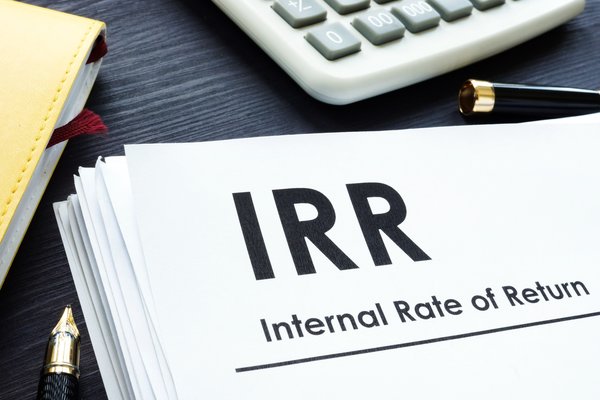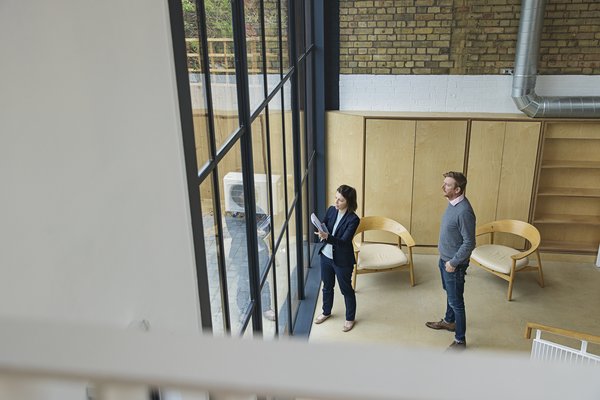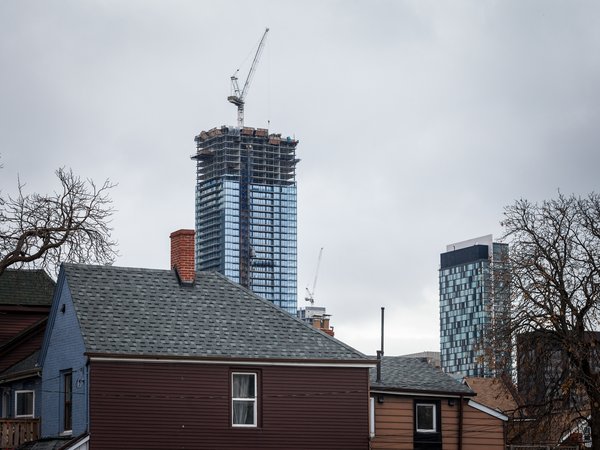Trade fixtures are items commercial real estate tenants attach to or install in leased properties to be used for conducting business. An example of a trade fixture is a product display counter at a store.
Despite their name, trade fixtures don't actually remain in place. Unlike a fixture that stays behind in a residential property when it's sold or leased to a new property owner or tenant, trade fixtures must be removed by the tenant upon lease termination. This is because trade fixtures are considered the tangible personal property of the tenant, not the real property of the landlord.

Fixtures in residential real estate vs. trade fixtures in commercial real estate
In residential real estate, a fixture is an item attached to the property for the benefit or enjoyment of the owners or tenants, such as a ceiling fan, light fixture, or mailbox. With some exceptions, these fixtures usually remain attached for the sale of the residential property.
Trade fixtures, on the other hand, don't stay with the property. They are the tenant's property, so they must be removed and/or taken with them when the commercial leasing agreement ends. Removing trade fixtures allows the space to be cleared and readied for a new tenant, who will then be free to fill the commercial property with trade fixtures appropriate for their own line of work.
Unless there's an existing fixture the commercial landlord installed for business purposes or unless it's a tenant improvement that can't be removed (more on this in a bit), a property should be free of trade fixtures by the time the tenant vacates. Failure to remove a tenant's fixture equates to abandonment; if a trade fixture is not removed in due time, it becomes part of the real property and belongs to the landlord.
Defining trade fixtures in commercial leases
Items considered trade fixtures in commercial real estate include display cases, signage, air conditioning units, and shipping containers. Still, even if these are present in a commercial property, they must be clearly delineated as trade fixtures in the commercial lease before the tenant is allowed to remove them.
The commercial lease should specify what will be considered a trade fixture. The lease must be clear as to why the lessee is using it for business, which will then explain why they're taking it with them when they leave. If there were ever a concern as to whether a tenant can remove a trade fixture, consult an attorney experienced in commercial real estate law to review the lease agreement.
In general, there are three conditions where a commercial tenant is allowed to remove a trade fixture from the leased property:
- It's a necessary part of the business.
- It can be removed without damaging the property.
- The fixture is removed in due time so new tenants can easily take occupancy.
Should a tenant cause any damage when removing a trade fixture from the leased premises, they must compensate the landlord.
Other types of fixtures
Other types of fixtures that may come up in conversation about trade fixtures include:
- Chattel fixtures are moveable items not attached directly to the property, but they're used for daily business purposes. An example would be tables and chairs at a restaurant.
- Attached fixtures are attached to the property by hardware (like a screw or nail) or by adhesive. An example of an attached fixture is a chandelier. In a residential or commercial lease, it must be specified whether the lighting fixture -- which is attached to the real property -- is staying or going. (A light bulb, on the other hand, isn't considered a fixture.)
- Integral fixtures are thus named because they serve an important purpose in the use of the property. For example, industrial appliances like stoves and ovens vital to a restaurant are considered integral fixtures. A commercial landlord who leases to restaurant owners might have outfitted the kitchen space with equipment, therefore making the appliances part of the real property, not personal property.
Fixtures vs. improvements
An improvement is defined as a change to an existing property that has made it better and cannot be removed. For example, freestanding shelves can be taken down and brought to the next location -- these are trade fixtures. However, built-in shelves constructed specifically for the space are likely to be considered an improvement, not a trade fixture.
What happens to trade fixtures not removed at the end of a lease?
A commercial tenant must remove the fixture either before the lease ends or soon thereafter. If it's not feasible to remove it prior to the final day of occupancy, the tenant must make other arrangements with the landlord. The rules regarding a reasonable timeline for fixture removal vary by state, so it's in both parties' best interest to be on the same page for removal.
If a trade fixture is not removed, the items become the property of the landlord; this is known as accession. This might occur if a business owner goes bankrupt and must terminate a lease early. The business owner/tenant thus forfeits the right of removing the fixtures, which then become the landlord's real property. In this case, the trade fixtures then become regular fixtures.
If this seems like a windfall for the landlord, it's not usually the case. The landlord might have been anticipating an empty commercial space to be taken over by someone in a completely different line of business than the previous tenant. Now the landlord must remove the fixtures at their own cost.
The bottom line
While we've clearly defined a trade fixture and given some examples, it's important to never make assumptions in commercial real estate. Whether you're the landlord or tenant, make sure you clearly indicate trade fixtures in the commercial lease so there are no misunderstandings to be dealt with in court when the lease ends.



















